Porsche 991 Turbo Connecting Rod – How Much Can it Handle?

Since releasing tuning support for Porsche’s most recent 911 Turbo/Turbo S, our Porsche Expert Group has been pushing the envelope of what the 991 911 Turbo motor is capable of. With our experience at Pikes Peak and helping many of our Protuners push the platform, we wanted to take a step back with some investigative work to see just how much torque the factory engine can handle. As more and more cars begin running upgraded turbos, nitrous and full bolt on setups we wanted to know how strong the stock 991 rods really are.
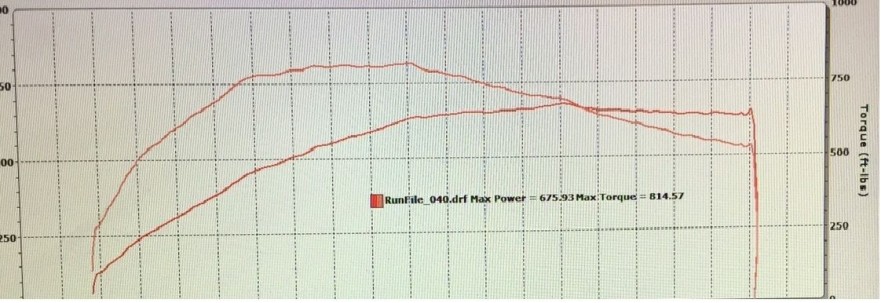
As an example, this car made 815ft/lbs to the wheels on the stock motor! Courtesy of COBB Protuner Rob Tuned.
So, we ordered a set of bone stock 991 Turbo rods straight from the source in Germany. Once they arrived, we decided to send one out to our friends at AMS Performance in Chicago. For those not familiar with AMS, they are a manufacturing company that produces parts for a wide range of cars, most notably the R35 Nissan GTR. With the amount of development they’ve done on the GT-R platform they knew exactly what we were looking for.
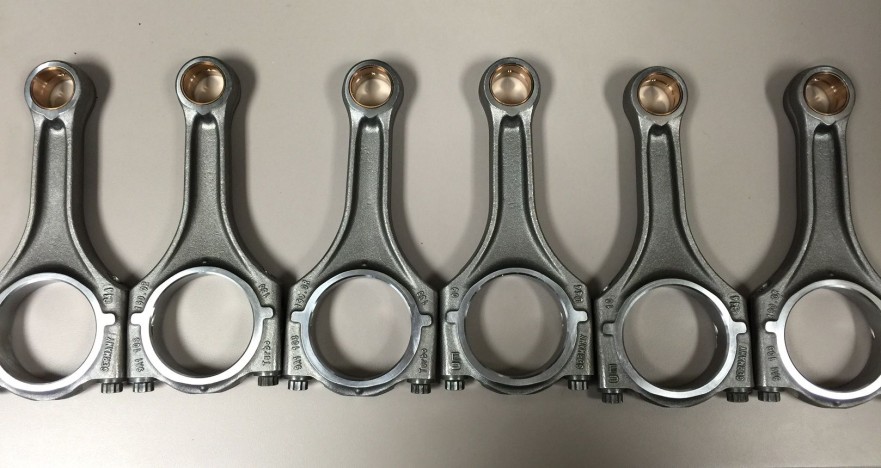
Before we get to the results, lets talk about the connecting rod that comes in the 997.2 Turbo and the 991 Turbo as they have a very interesting method to create them.
For the 991 and 997.2 turbo Porsche uses a manufacturing technique referred to as fracture splitting to make the rods. Porsche is not the only one that does this; many other manufacturers do the same thing as it is cheaper to make rods for mass production cars and motorcycles. There are a lot of positives to making the rods this way as opposed to a more “traditional” method of making the rod in one piece and cutting for mass produced connecting rods(Less cost in machining and doweling the mating surfaces). The other big advantage is a better registration of the 2 surfaces. Since they are not flat but fit together like a puzzle piece it can increase bearing life as there is less of a chance of the rod cap being able to move under high axial loading. The rod starts life as a single forged connecting rod and then goes through the fracture process where it is first notched and then exposed to hydraulic force using a special device that is dropped with applied force of approximately 160 tons of force.
This is Yamaha’s method of fracture but similar in how it works to give an idea:
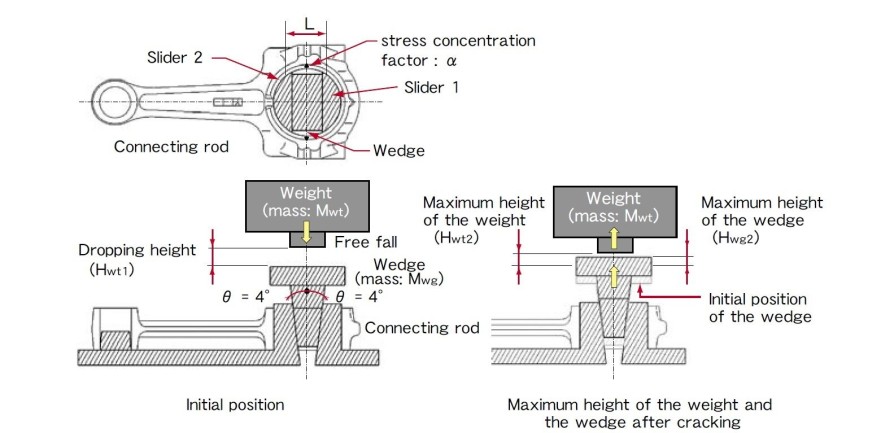
Comparison of the two methods- “Traditional” vs Fracture
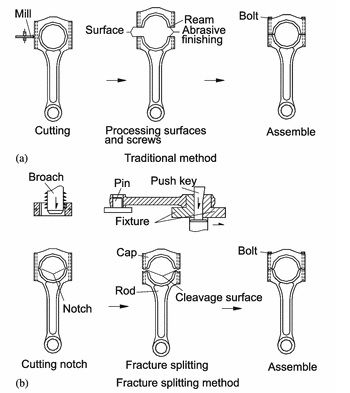
This is an example of the mating surface after the separation.
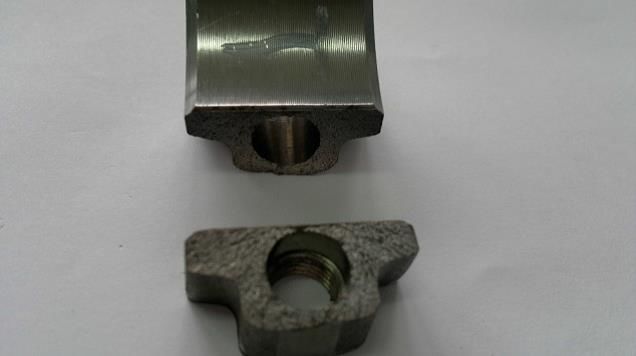
Onto the results!!
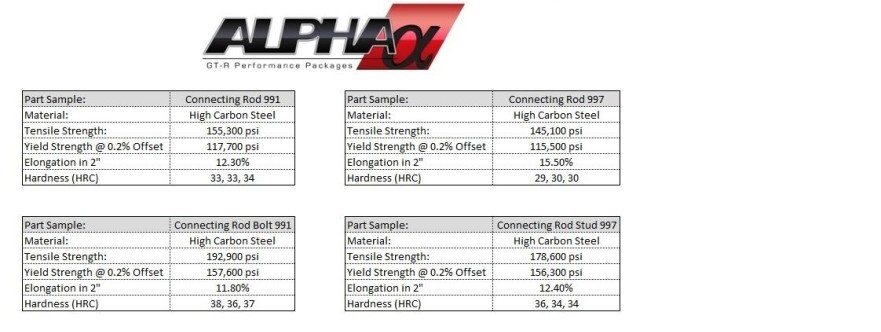
This test was conducted using a 997.1 rod as a comparison. The reason for that is the 997.1 rod is thought to be good to pretty decent torque numbers so we figured it would be a good control to compare it against. While the 997.1 rod is pretty good, we can see that overall the 991 turbo rod is better across the board!
Here is what AMS President Martin Musial had to say about the rod construction:
[I]“We feel the 991 has a better overall design. The 991 rod transitions from the beam portion to the big end (rod bearing journal side more gradually with a larger radius reducing points at which stress risers can be found. The 991 turbo rod also has more material in areas that would lend it strength in compression (forces exerted from higher cylinder pressure/torque). The material of the 991 rod has a higher tensile strength by 7% and less overall elongation by 3.2%. The rod bolt on the 991 has a higher tensile strength than the 997 stud by 8%. However, the 997 rod has more material around the wrist pin area, which from a power/torque perspective would have no advantage, possibly only in high RPM situations (but as you can see below this is negated because of the 991’s rod to stroke ratio advantage).[/I]
[I]The 991 Turbo connecting rod is longer (center to center) than the 997.1. This means less side loading of the pistons on the cylinder walls, and also a longer dwell time near top dead center, reducing the acceleration and thus forces on the piston/rod. A better rod to stroke ratio favors higher RPM horsepower generally.
In summary, the 991 turbo connecting rod is a better design than the 997.1. It should hold up to more cylinder pressure (torque) and also work better in a high RPM environment.”[/I]
The results were measured using a Rockwell hardness test. There are different types of Rockwell tests that can be performed, this one was measured using the Rockwell C scale due to the high hardness range. It is tested by putting a load on a localized specific point. This is usually done over a few different points so that you can a range of hardness across the tested material using a diamond cone. Once they make an indent it can be measured as well as the force required to make the indent in the test material. That is the number in the hardness column. As you can see, the 991 turbo rod has a higher hardness than the 997.1 turbo rod at 33, 33, and 34. These numbers are arbitrary numbers in the Rockwell C scale.
The other big components you see in the test are the tensile strength and the yield strength. Tensile strength is a measure of how much force it takes to pull the part apart, yield strength is a point where a material starts to deform in this case using elongation. As an example, a Carrillo forged aftermarket rod has a tensile strength of approximately 195,000psi. So while the stock rod is weaker in terms of the tensile strength we can see that it still has a good UTS compared to a high end aftermarket rod. Yield strength is also higher than the 997.1 turbo at 117,700psi. Again, for comparison an aftermarket Carrillo rod has a yield strength of around 182,00psi.
The other curious thing is the rod bolt that Porsche uses stock is of equal stature. Aftermarket rod bolts in standard form (using H-11 tool steel) have a tensile strength of around 220,000psi from Carrillo. ARP’s standard chrome-moly bolt has a tensile strength of 200,000psi. The stock 991 rod bolt is just barely below this which is great for a stock rod bolt!
Now, there are many other factors that go into the overall strength of the rod. By no means is the tensile strength the end all of testing how strong a rod is. Material composition and manufacturing process play a huge roll in how strong a rod can be. The simple goal of this test is to show is how well the stock rods are constructed.
Next we will work on an FEA analysis to see where the weak points are in the rod and what is going to be first to break, based on estimated cylinder pressures.

Leave a Reply